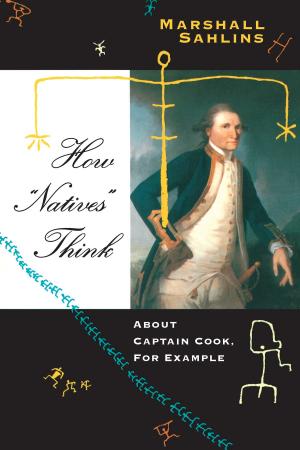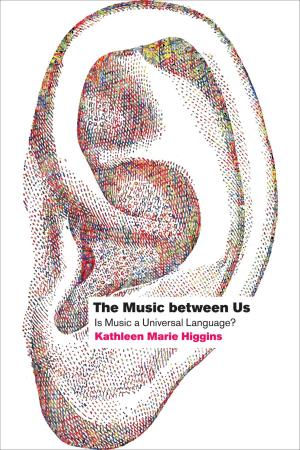Science on American Television
A History
Nonfiction, Science & Nature, Science, Other Sciences, History, Americas, United States, 20th Century| Author: | Marcel Chotkowski LaFollette | ISBN: | 9780226922010 |
| Publisher: | University of Chicago Press | Publication: | January 10, 2013 |
| Imprint: | University of Chicago Press | Language: | English |
| Author: | Marcel Chotkowski LaFollette |
| ISBN: | 9780226922010 |
| Publisher: | University of Chicago Press |
| Publication: | January 10, 2013 |
| Imprint: | University of Chicago Press |
| Language: | English |
As television emerged as a major cultural and economic force, many imagined that the medium would enhance civic education for topics like science. And, indeed, television soon offered a breathtaking banquet of scientific images and ideas—both factual and fictional. Mr. Wizard performed experiments with milk bottles. Viewers watched live coverage of solar eclipses and atomic bomb blasts. Television cameras followed astronauts to the moon, Carl Sagan through the Cosmos, and Jane Goodall into the jungle. Via electrons and embryos, blood testing and blasting caps, fictional Frankensteins and chatty Nobel laureates, television opened windows onto the world of science.
But what promised to be a wonderful way of presenting science to huge audiences turned out to be a disappointment, argues historian Marcel Chotkowski LaFollette in Science on American Television. LaFollette narrates the history of science on television, from the 1940s to the turn of the twenty-first century, to demonstrate how disagreements between scientists and television executives inhibited the medium’s potential to engage in meaningful science education. In addition to examining the content of shows, she also explores audience and advertiser responses, the role of news in engaging the public in science, and the making of scientific celebrities.
Lively and provocative, Science on American Television establishes a new approach to grappling with the popularization of science in the television age, when the medium’s ubiquity and influence shaped how science was presented and the scientific community had increasingly less control over what appeared on the air.
As television emerged as a major cultural and economic force, many imagined that the medium would enhance civic education for topics like science. And, indeed, television soon offered a breathtaking banquet of scientific images and ideas—both factual and fictional. Mr. Wizard performed experiments with milk bottles. Viewers watched live coverage of solar eclipses and atomic bomb blasts. Television cameras followed astronauts to the moon, Carl Sagan through the Cosmos, and Jane Goodall into the jungle. Via electrons and embryos, blood testing and blasting caps, fictional Frankensteins and chatty Nobel laureates, television opened windows onto the world of science.
But what promised to be a wonderful way of presenting science to huge audiences turned out to be a disappointment, argues historian Marcel Chotkowski LaFollette in Science on American Television. LaFollette narrates the history of science on television, from the 1940s to the turn of the twenty-first century, to demonstrate how disagreements between scientists and television executives inhibited the medium’s potential to engage in meaningful science education. In addition to examining the content of shows, she also explores audience and advertiser responses, the role of news in engaging the public in science, and the making of scientific celebrities.
Lively and provocative, Science on American Television establishes a new approach to grappling with the popularization of science in the television age, when the medium’s ubiquity and influence shaped how science was presented and the scientific community had increasingly less control over what appeared on the air.















